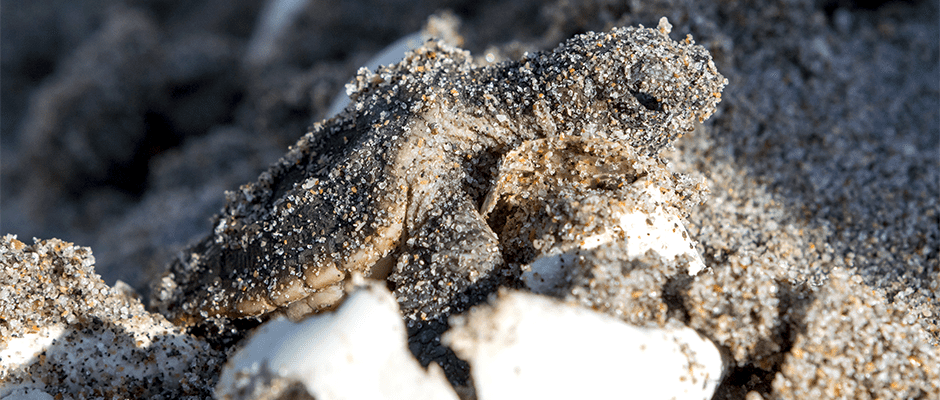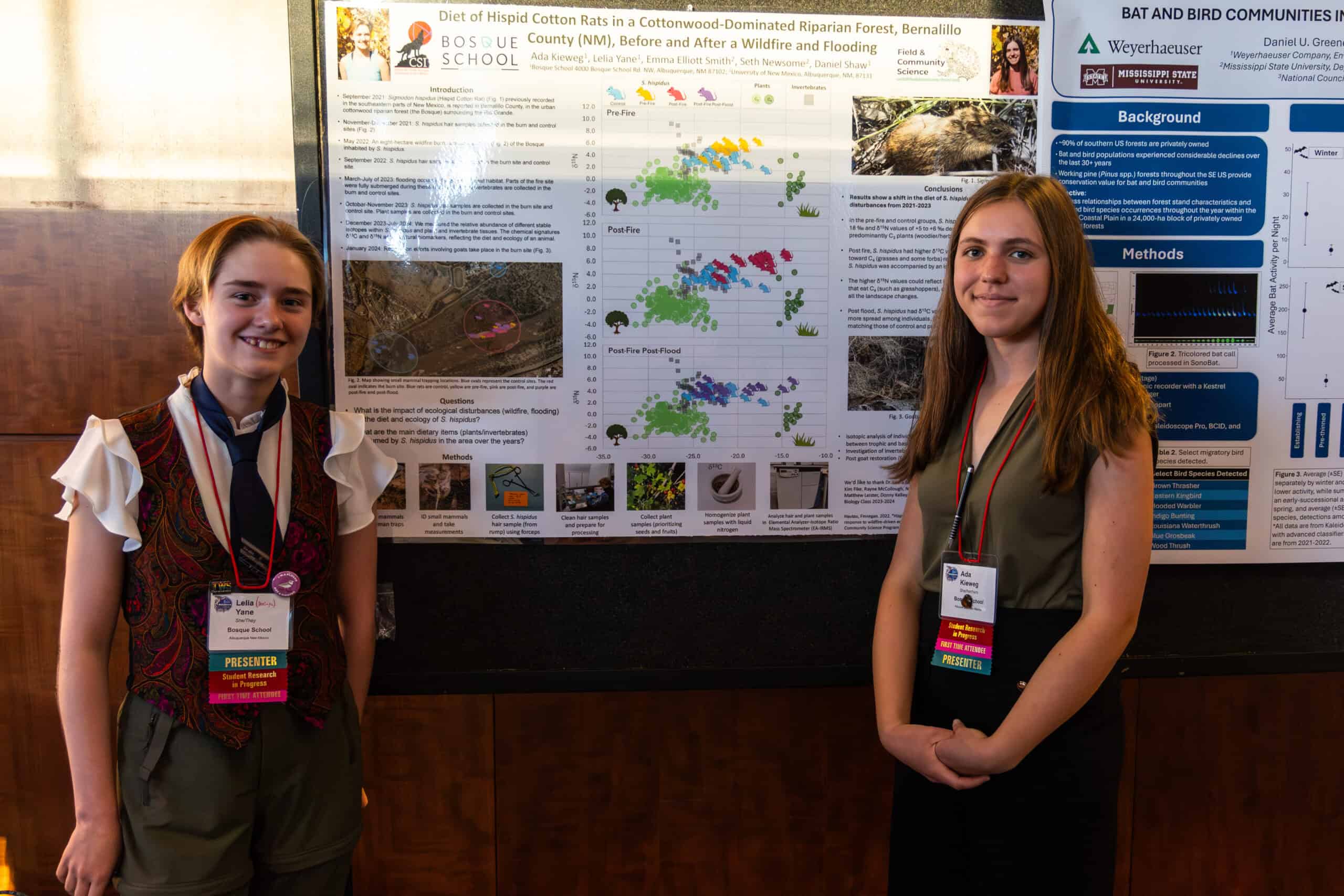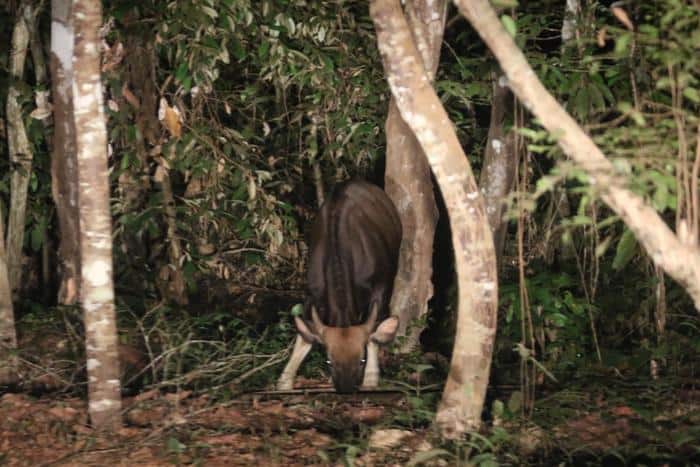Share this article
Moisture, not just temperature, may skew sea turtle sex
As the global climate warms, sea turtle clutches from Australia to the United States are becoming increasingly female, raising concerns about the propagation and persistence of these imperiled species. But a new study from Florida suggests it isn’t just rising temperatures that are skewing turtle sex ratios. Drier conditions appear to play a role, too. That could be good news for conservationists, who may be able to manipulate moisture in nests to restore balance to sea turtle populations.
For almost 40 years, biologists have known that sea turtles, which don’t have sex chromosomes, develop their sex based on their eggs’ incubation environment. Higher temperatures produce more females — a relationship that’s becoming further pronounced with climate change. In southeast Florida’s Palm Beach County, 97 to 100 percent of loggerhead sea turtle (Caretta caretta) hatchlings have been female for much of the last decade.
Recently, however, researchers noticed the sex ratios weren’t aligning well with nest temperatures alone. They were finding a larger proportion of males than the heat should have allowed.
“It looked like rainfall was part of the story,” said Jeanette Wyneken, co-author on the paper published in Zoology.
Wyneken, a biology professor at Florida Atlantic University, and her team — Itzel Sifuentes-Romero, a postdoctoral fellow at the university; Boris Tezak, a PhD candidate there and Sarah Milton, an associate biology professor — conducted lab experiments examining the effects of temperature and moisture on clutches of developing eggs from the red-eared slider (Trachemys scripta elegans). They used this common, invasive, semiaquatic turtle as a proxy for loggerheads because slider embryos respond to temperature just like those of the rarer, protected loggerheads, Wyneken said. With a novel technique involving a testis-related molecular marker only males possess, first author Sifuentes-Romero analyzed the number of male to female embryos generated in sand-filled incubators given different amounts of heat and water.
The results revealed that a male-specific protein was “abundant in embryos getting extra moisture and not so abundant in embryos that were incubating warmer or didn’t get extra moisture,” Wyneken said. “That protein was a signal telling embryos to differentiate into males when they got extra moisture.”
The sex an embryo takes on is linked to moisture because of the interplay between the water and temperature in the substrate the egg sits in and absorbs, she said.
“When you add water, the eggs end up being cooler than you would expect,” Wyneken said. “The way water enters an egg is as water vapor, so in converting from liquid water to water vapor, heat is given off, and that way moisture is cooling the egg.”
The scientists discovered that increased water content created sand temperatures up to 3 degrees Celsius lower than the air temperature, and that the coolest, wettest treatments developed 100 percent males compared to 42 percent males in the warmest, driest ones.
“So at a given temperature that might produce females, with enough moisture — but not too much — to cool eggs, you get males,” Wyneken said.
These findings regarding moisture clarify field observations of the surprising hatching of males in hot, wet conditions, she said. They also point to a connection between recent droughts and the proliferation of female hatchlings, Wyneken said, and they highlight the need for deeper research into the greater implications of exacerbating climate shifts across nesting seasons.
“Trying to understand the impact of environmental change, you can predict where the problem areas are,” she said. “The next step is to make sure what we found is applicable to imperiled species. Then it might become a tool to make sure you don’t get so few of one sex — to make the other sex, while we’re trying to solve environmental issues.”
Header Image: A newly hatched sea turtle emerges from its nest in southeast Florida’s Palm Beach County. ©Jay Paredes








